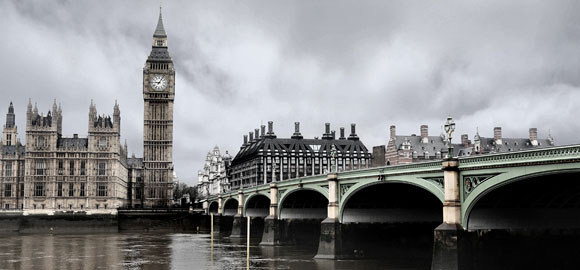Public affairs is a growing profession across the world. That, for me at least, is some of the good news coming out of my new book,Public Affairs: A Global Perspective.
Bringing together practitioners from across the world, the book shares their experiences and shows readers how public affairs varies country-to-country, particularly looking at the methods used and the challenges of engaging with political audiences.
One of the themes that comes across in the contributions is whether you are looking at established markets, new markets, new democracies, those with more regulated public affairs sectors or those for whom public affairs is a largely unknown or growing entity, the profession continues to grow and develop.
The book looks at European countries (UK, France, Germany, Romania as well as the EU institutions), the US, Canada, New Zealand as well as India, China, Brazil and the Middle East.
They all show that there is a need to engage in decision-making processes and with political audiences and other stakeholders. All systems need information and expertise to be inputted. All the things that good public affairs aims to do and help with.
This is very much a practical book, full of useful tips and hints, and the chapters give real examples wherever possible. All the authors have strived to talk about the work they do and the advice they deliver on a day-to-day basis. The book isn’t interested in providing a glamorous veneer and it isn’t intended as a prospectus to try and attract new entrants. It tells the story of public affairs as it is across the world. The authors have all been selected because of their standing and experience in the industry so this book really provides access to people who know what they are talking about.
There is also a chapter by Andrew Escott, who is on the Advisory Board of PubAffairs, which highlights some of the key issues facing those who have to undertake public affairs campaigns across a number of countries, across territories and institutions. He provides some clear advice and describes the core components that a campaign designer needs to focus on. He stresses the need for a hub that “can drive not only the strategic direction but also on-going enthusiasm amongst the international campaign team”.
The chapters show that each country has its own particular characteristics and these help to form the shape of the public affairs engagement. Some of this engagement takes place through what might be considered ‘traditional’ methods, for instance in Germany, whereas others are starting to experiment with different forms of communications, such as social media.
Each country, however, retains its own individual style and political culture. Far from being a homogenous whole, each retains its own distinctiveness and this impacts on public affairs. So whilst we do not yet live in some glorified, globalised world we are, it appears, all quite different where it comes to our politics and engagement.
If the contributors to this book are right then public affairs is not going anywhere soon.
This article appeared on PubAffairs.

